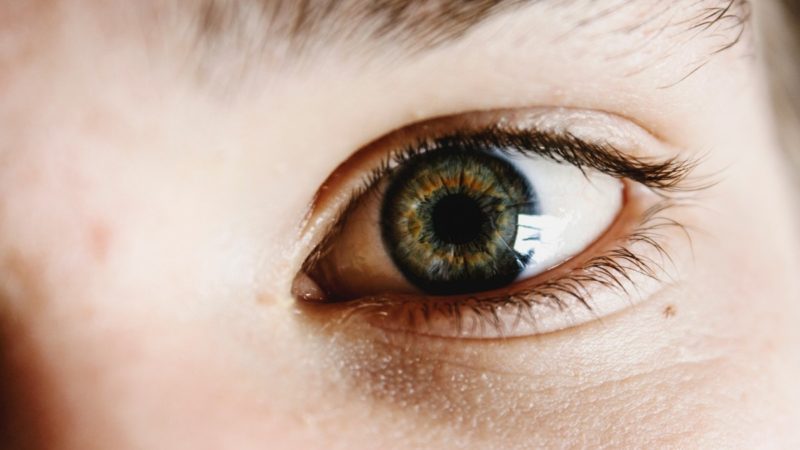How to get insurance to pay for eyelid surgery? One of the reasons people work hard to avail insurance is because it can be helpful, especially during accidents or if you need to get surgery. Eyelid surgery or blepharoplasty is popular nowadays in the beauty industry, but this type of surgery can also benefit those who struggle with their eyesight.
Now keep in mind, insurance companies only cover your expenses for surgery as long as it belongs to the classification of function problems or reconstructive. So, if your purpose of the surgery is aesthetic, then don’t expect that the company will pay for that.
Regardless, it would be best to consult your insurance agent and your optometrists with the expenses. Learn more about this as you continue reading, so scroll down for yourself to know how you can get your insurance company to pay for your eyelid surgery.
Will An Insurance Pay For Eyelid Surgery?
Yes, they would, as long as it’s not for cosmetic purposes. So how to get insurance to pay for eyelid surgery? First, you can make your insurance company pay for the surgery, as mentioned above, if your eyelid needs to be fixed or reconstructed to help you with your eyesight, which is applicable if you have the following conditions:
Blepharochalasis, dermatochalasis, ptosis, herniated orbital fat, visual field obstruction, or floppy eyelid syndrome; these functional problems are usually accepted for compensation.
Now, to make the insurance pay for your eyelid surgery:
#1. Ask your optometrist to document the surgery as medically necessary
Please make an appointment with your eye doctor or optometrist and ask them for documents to prove that the need for surgery is medically necessary. The doctor must specify the problem with your eyelids that needs to undergo blepharoplasty if it’s due to:
- Edema (swelling)
- Eyebrow/eyelid ptosis
- Blepharochalasis
- Corneal inflammation (keratitis)
- Conjunctival inflammation
- Dermatochalasis
- Enlargement of the orbicularis oculi (hypertrophy)
- Protrusion of orbital fat
- Visual field defects
- Malar festoons (bags)
- Lagophthalmos (poor eyelid closure)
These conditions do require surgical correction as treatment and which the insurance can cover for the cost. So, for you to make sure that your operation is covered, proceed to the next tip. In the meantime, it’s best to make your eyes comfortable as ever; try to use an eye pillow. If you don’t know what is an eye pillow, better delve deeper!
#2. Prepare visual proof of your condition
Aside from the documents, photographs will strengthen your proof that you have a condition that needs surgery. Have an appointment with a surgeon and ask them to picture your condition and where it is specifically located that needs correction. That is important since most insurance companies would ask for photographs before the patient signs a release form.
#3. Present a pre-operation diagnostic test result
Lastly, the insurance company that will pay for the surgery will ask for your pre-operative diagnostic test as per your doctor’s advice as well, which will prove your condition if it needs corrective surgery or not. The test usually includes:
- Schirmer’s test
- CBC/SMA-7
- Bleeding and clotting studies
- Cardiac evaluation
With these tips, you can make sure that your insurance will cover your eyelid surgery. But, again, the insurance company only covers medically necessary surgeries. Regardless, read on to find the answer to frequently asked questions related to eyelid surgery.
FAQs
Here are some questions those who want to avail themselves insurance coverage for their surgery ask:
#1. Will insurance pay for an eye lift?
They might, as long as you present a proof of visual test, which most insurance companies require to determine if the eyelid surgery is necessary to help improve your eyesight. Ensure that you have a board-certified oculoplastic surgeon or any eye doctor to perform the needed visual test. Anyway, you may want to know who accepts Davis Vision insurance.
#2. Will the insurance company, pays for my droopy eyelid surgery?
Once again, insurance companies, especially those focused on your health, will not pay for a surgery that only improves your appearance and is not medically necessary. As long as you have a vision test that tells that you have a condition that needs eyelid surgery as treatment, then the company will pay for that.
#3. How much does blepharoplasty cost?
In 2019, the typical cost for blepharoplasty was $3,282, according to the American Society of Plastic Surgeons (ASPS). However, the price may vary depending on the severity of the surgery and your condition, sometimes in performance. So, it’s usually between the range of $1,000-$10,000, which could still increase.
Conclusion
Blepharoplasty, blepharoptosis repair, or brow lift are usually performed to improve one’s appearance, not because of a medical condition. And if that is the case, health insurance companies will not cover your expenses, so save it up yourself.
And that is all for this article “How to get insurance to pay for eyelid surgery?” We hope that you learned a lot from this article and can provide the answer for your quarry. Regardless, for more insurance topics, you can visit this article titled “What is exposure insurance?” to widen your knowledge. Thanks!

